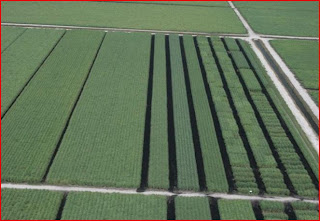Florida got a slow start when it came to European settlers establishing a successful settlement due to the constant attacks from indians and Florida's hurricanes. On March 3, 1845, Florida became the 27th state of the United States of America. Shortly after, White settlers began to establish cotton and sugar cane plantations in Florida, which required numerous laborers. By 1860 Florida had only 140,424 people, of whom 44% were enslaved. There were fewer than 1000 free African Americans before the Civil War.
Lynchings and other racial crimes.
After World War I, there was a rise in lynchings and other racial violence directed by whites against blacks in the state, as well as across the South and in northern cities. It was due in part from strains of rapid social and economic changes, as well as competition for jobs. Whites continued to resort to lynchings to keep dominance, and tensions rose. White mobs committed murders, accompanied by wholesale destruction of black houses, churches and schools, in the small communities of Ocoee, November 1920; Perry in December 1922; and Rosewood in January 1923.
Road to Recovery The 1920s were a prosperous time for much of the nation, including Florida. Florida's new railroads opened up large areas to development, spurring the Florida land boom of the 1920s. Investors of all kinds, mostly from outside Florida, raced to buy and sell rapidly appreciating land in newly platted communities such as Miami and Palm Beach. Led by entrepreneurs Carl Fisher and George Merrick, Miami was transformed by land speculation and ambitious building projects into an emerging metropolis. A growing awareness in the North about the attractive south Florida winter climate, along with local promotion of speculative investing, spurred the boom.
Florida and it's economy today.
Today Florida relies on are international trade, tourism, space program, fishing, mining and agriculture to stay economically strong without the aid of slavery.
Florida and Religion today.
As of the year 2000, the three largest denominational groups in Florida are Catholic, Evangelical Protestant, and Mainline Protestant. Florida is mostly Protestant, but Roman Catholicism the single largest denomination in the state.
 |
| Built in 1832, this is one of the oldest Protestant churches in Florida. |























